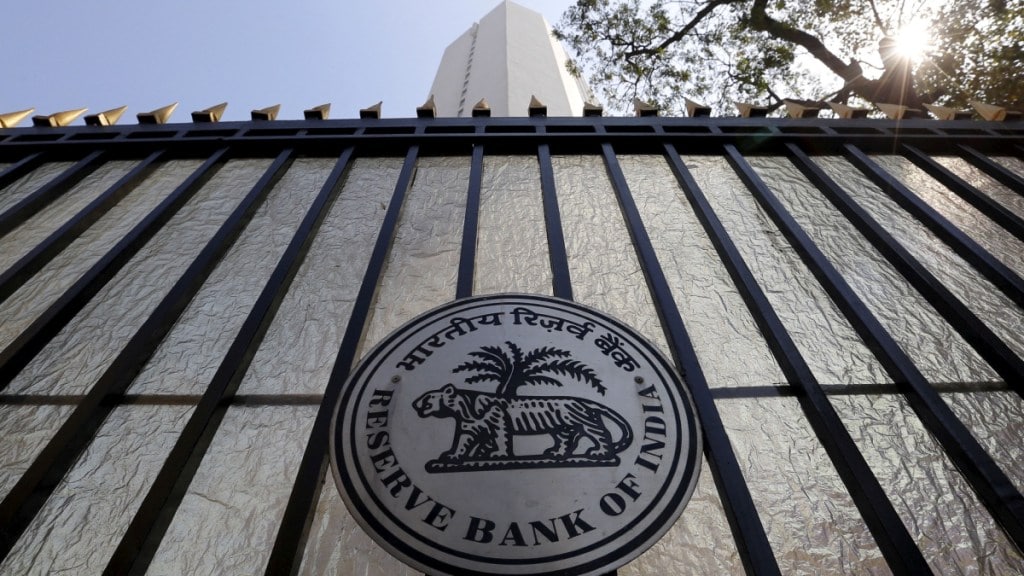The Reserve Bank of India (RBI) has scaled down the size of its variable rate repo (VRR) auction over the past two months, indicating a gradual easing of liquidity tightness in the banking system.
Ranging from Rs 50,000 crore to Rs 2.5 trillion in December and January during tight liquidity conditions, the size of repo auctions has decreased to Rs 25,000 crore to Rs 1.5 trillion in February and March. Additionally, the RBI has begun conducting variable rate reverse repo (VRRR) auctions from February to absorb excess liquidity.
“Government has started spending, which has eased liquidity tightness. However, the respite from tight liquidity is momentary because advance tax and GST-related outflows in March-end will drain out liquidity from the system,” Anil Gupta, senior vice president, ICRA, told FE. “The size of VRR has reduced in the past one month because the demand for cash from banks has come down.”
The liquidity situation has significantly changed in the past one month. After facing severe shortage of funds, the banking system is now witnessing excess liquidity. According to the latest RBI data, banking system liquidity moved into surplus after two months. The liquidity surplus reached Rs 63,631 crore on March 5 and Rs 52,926.76 crore on March 6.
In January, banks were facing shortage of cash and the RBI conducted four VRR auctions of over Rs 1 trillion to infuse liquidity. The largest VRR auction in terms of size was of Rs 2.5 trillion which was held on January 25. All these auctions received good response from cash-starved banks. A repo auction is conducted by the central bank to inject liquidity into the banking system.
The VRR auction, conducted on January 12, received bids worth Rs 3.92 trillion from banks, against the notified amount of Rs 1.75 trillion, reflecting the desperation of banks for cash.
The banking system liquidity deficit breached Rs 3-trillion mark to hit a 14-year high, pushed by lower government spending, outflow towards tax payments and sluggish growth in deposits. According to RBI data, the liquidity deficit touched Rs 3.34 trillion on January 24.
“The next quarter will be good for banks in terms liquidity because of lower credit flow. Credit demand touches its peak in March and then slows in April and May which will ease pressure on liquidity. March is peak in terms of credit,” said a senior official of a public sector bank.
Credit offtake continued to grow, increasing by 20.3% year-on-year to reach Rs 161.5 trillion for the fortnight ended February 9, according to Care Ratings report.


